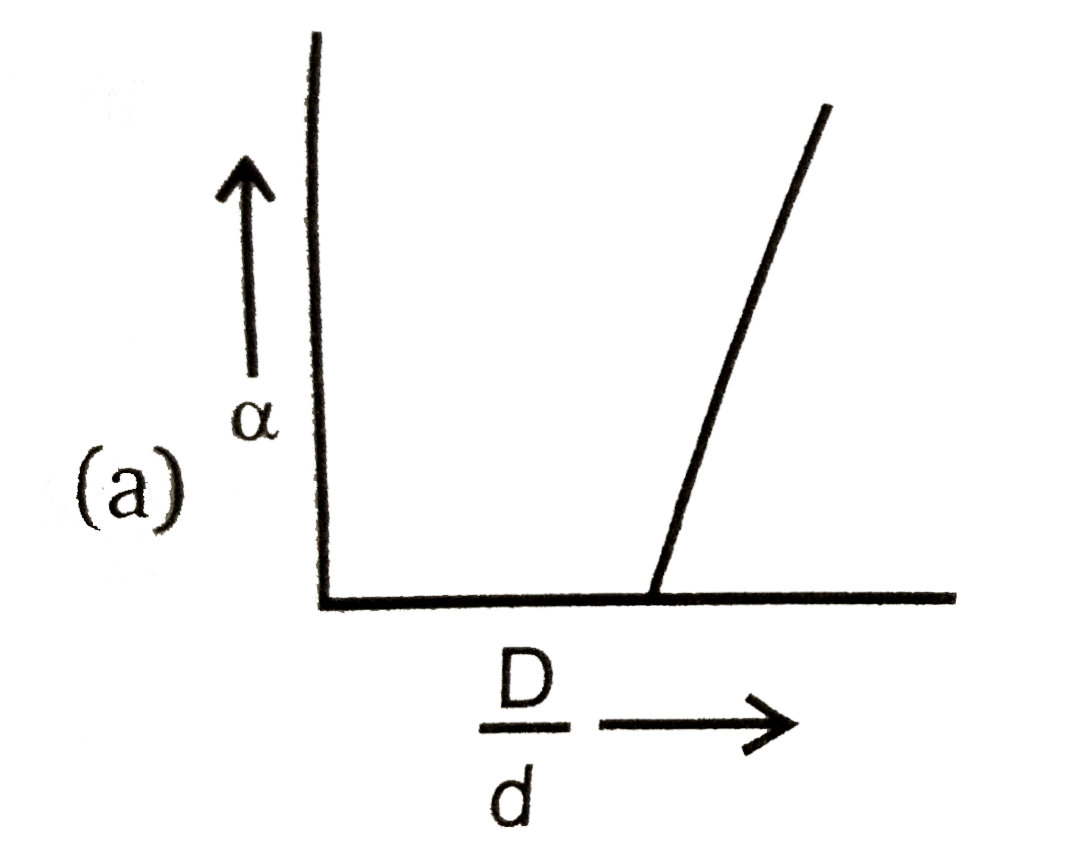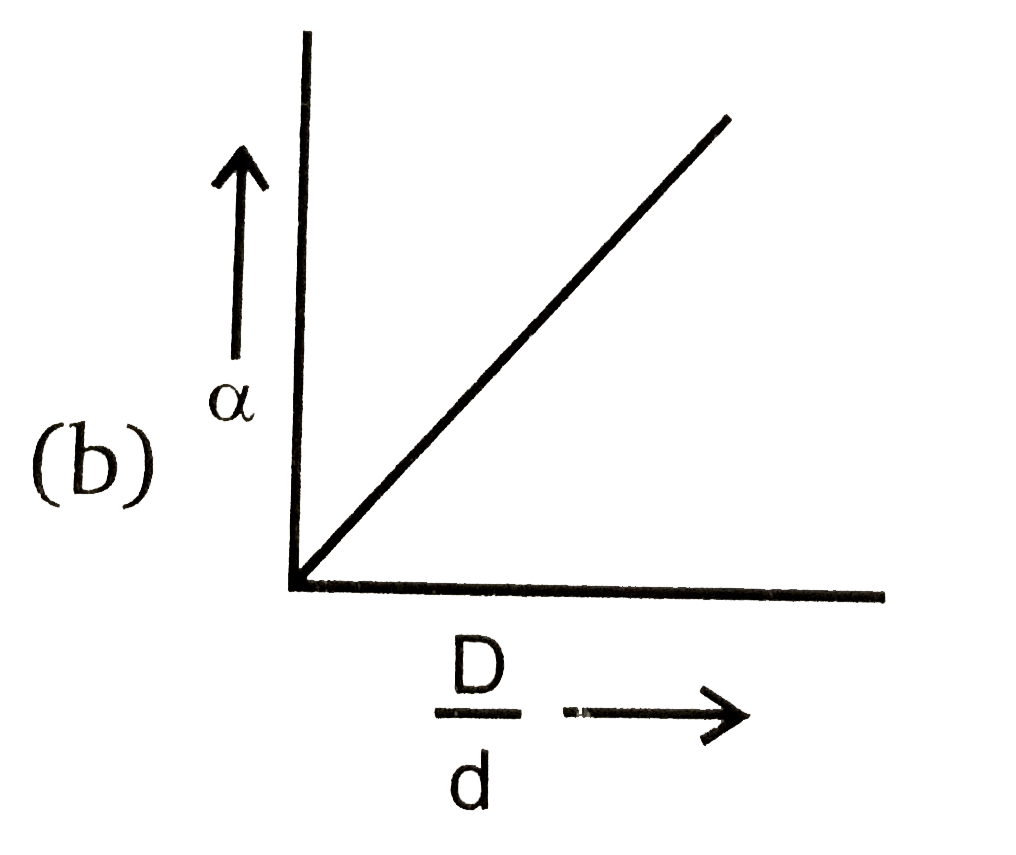Question based on Vapour density and degree of dissociation | Suppression
Video Solution
|
Answer
Step by step video solution for Question based on Vapour density and degree of dissociation | Suppression by Chemistry experts to help you in doubts & scoring excellent marks in Class 11 exams.
Updated on:21/07/2023Similar Questions
Knowledge Check
The degree of dissociation of PCl5
AIncreases with increasing pressureBDecreases with increasing pressureCNo effect on change in pressureDDecreases with decreasing pressureFor the dissociation of PCl5 into PCl3 and Cl2 in gaseous phase reaction , if d is the observed vapour density and D the theoretical vapour density with 'α' as degree of dissociation ,variaton of D/d with 'α' is given by ?
A B
B C
C Dnone of these
Dnone of theseConsider the following hypothetical equilibrium
2B(g)⇔B2(g)
If d is observed vapour density and D is theoretical vapour density, then degree of association (α) will beAα=(D−dd)Bα=2D−dDCα=2−2DdDα=2DD−d
Degree OF dissociation||Extent OF reaction
View SolutionAmmonium carbamate when heated to 473K gives a mixture of NH3 and CO2 vapour with a density of 13. Find the degree of dissociation of ammonium carbamate.
View SolutionDegree Of Association And Degree Of Dissociation
View SolutionIn the dissociation of N2O4 into NO2.(1+x) values with the vapour densities ratio (Dd) is given by :
View SolutionThe equation α=D−d(n−1)d is correctly matched for: (α is the degree of dissociation, D and d are the vapour densities before and after dissociation, respectively).
View Solution
